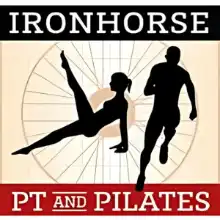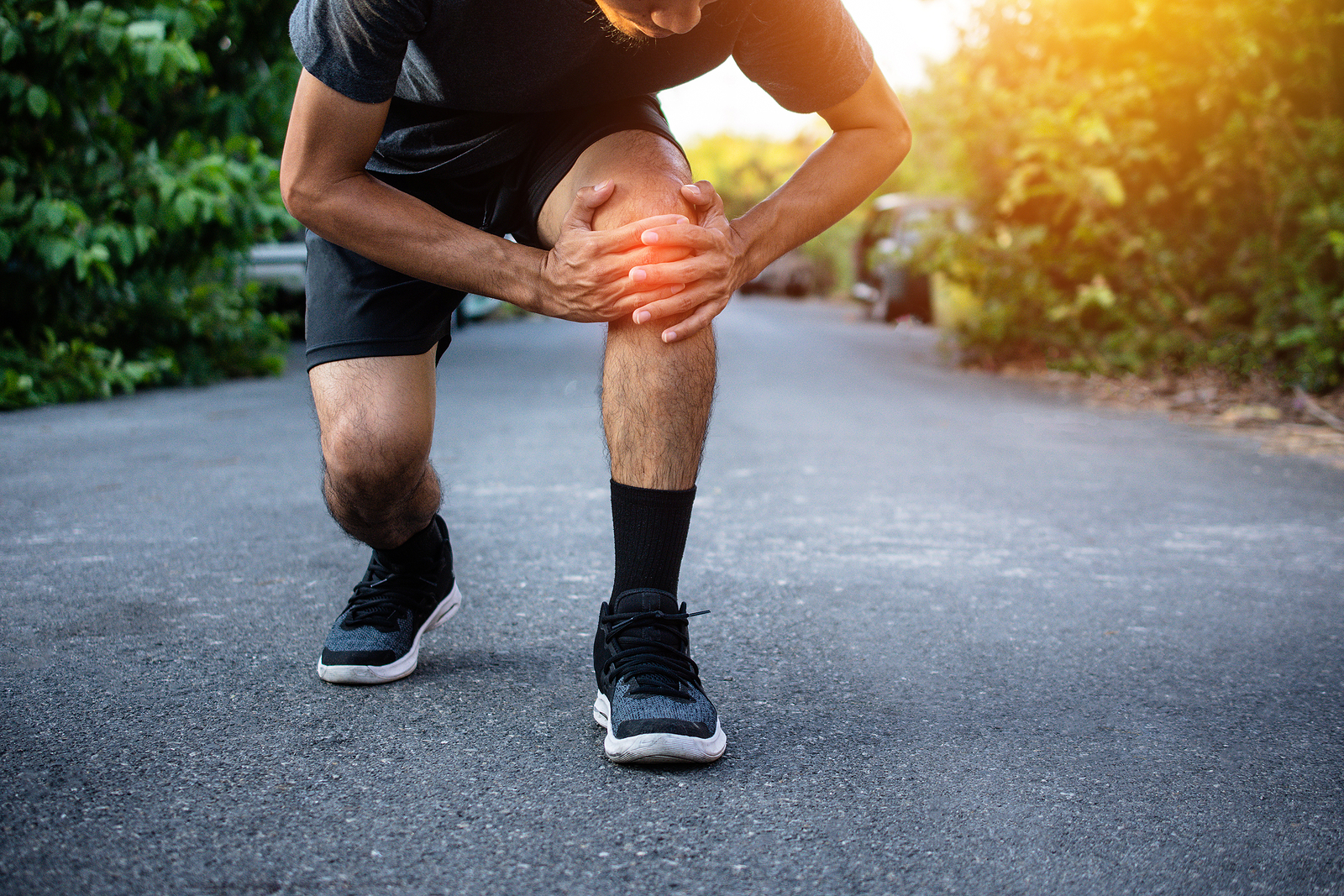Knee pain during or after running can really damper your workout. It’s a common complaint among runners of all levels. The knee joint bears the brunt of impact forces during running. Several factors can cause knee pain in runners.
Identifying the source of your discomfort is key to resolving it. This article by Ironhorse Physical Therapy & Pilates in San Ramon, San Ramon, CA, discusses some common causes of knee pain when running and treatment options.
Patellofemoral Pain Syndrome
Runner’s knee which medically is referred to as Patellofemoral Pain Syndrome often causes a feeling of pain or discomfort near the knee joint or directly underneath the kneecap. One of the causes of this syndrome is inflammation of the cartilage found at the back part of the patella.
Among them is malalignment of kneecap that rubs against femur, mainly due to weak hip and core muscles. Inadequate movement worsens inflammation thus escalating pain levels. physical therapy in San Ramon CA is vital in dealing with this problem.
Here, the emphasis focuses on strengthening muscles around the hip and core in order to enable proper tracking of the patella, which ultimately reduces discomfort characterizing this condition. Regular exercise with a target can notably increase muscle support around the knee, consequently enhancing its stability and decreasing the possibility of recurrent irritation.
Iliotibial Band Syndrome
ITBS is a condition in which the Iliotibial Band (ITB) becomes inflamed and rubs against the outer side of the knee, causing pain and discomfort in runners, especially on the outside part of their knees.
The ITB is a thick fibrous band linking the hip to just below the knee, on the outside of the thigh. Some factors leading to ITBS include tightness of IT band; weak gluteal muscles and overuse or excessive strain on the knee joint. This condition should be treated from different perspectives.
This can be achieved by regularly stretching exercises which help reduce tension in this tissue. In addition to this, massage can relieve rubbing and pulling. The most significant thing is that it strengthens hips as well as gluteus muscles so that there will be better support for knees reducing stress on ITB, thereby reducing signs of such disorder as well as preventing further damage.
Meniscal Injuries
The menisci are two C-shaped pieces of cartilage located in the knee joint, playing a crucial role in cushioning and distributing the forces acting on the knee during activities such as running. Meniscal injuries can occur due to the twisting motions and impact that the knee endures, leading to tears or degeneration of these cartilage structures. Symptoms of meniscal injuries include pain, a sensation of catching or locking in the knee, and swelling. Treatment depends on the severity of the tear.
Minor tears might be managed with rest, avoiding activities that exacerbate the pain, and engaging in San Ramon CA physical therapy to strengthen the surrounding muscles. However, larger or more severe tears often require surgical intervention.
This is typically done using an arthroscope, a minimally invasive surgical procedure that allows for precise trimming or repair of the damaged meniscus. Post-surgery, rehabilitation through physical therapy is essential to restore function and strength to the knee joint.
Chondromalacia Patellae
Chondromalacia Patellae is a condition that results in anterior knee pain and tenderness, primarily due to the softening and deterioration of the articular cartilage located behind the kneecap.
This condition can stem from several factors, including overuse, direct trauma to the knee, improper tracking of the kneecap, or muscle imbalances around the knee joint. Effective management of Chondromalacia Patellae typically involves physical therapy aimed at strengthening the quadriceps and the hip abductors.
These muscles are essential in controlling and stabilizing the kneecap, ensuring proper alignment and reducing the stress on the articular cartilage. Through targeted exercises and consistent physical therapy, patients can enhance the muscular forces around the knee, improve the tracking of the patella, and ultimately reduce the pain and tenderness associated with this condition.
Osteoarthritis
Some of the forces that cross the knee joint during running are of high impact, and this increases the wear and tear of the knee cartilage. This degenerative process results in inflammation, pain, and stiffness of the knee joint. Nonsteroidal anti-inflammatory drugs, avoiding activities that aggravate the symptoms, wearing knee braces, wearing foot orthotics, and physical therapy help.
Conclusion
Ironhorse Physical Therapy & Pilates in San Ramon, San Ramon CA employs advanced techniques to treat various causes of knee pain in runners. Our sports medicine physical therapists perform thorough evaluations to identify the source of your knee pain.
We then create a tailored treatment plan involving stretching, strengthening exercises, hands-on therapy, and gait training to resolve your knee discomfort. Return to running pain-free with our rehabilitation programs


